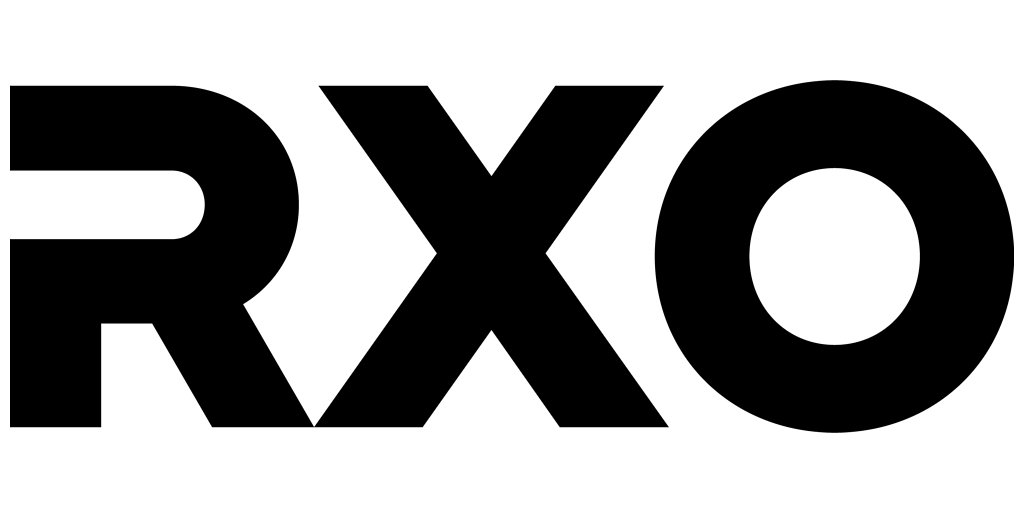
Truckload Market Cools: Capacity Concerns Loom as Peak Season Falters
A slowdown in spot rates, regulatory headwinds, and a muted peak season are creating a fragile environment in the truckload market. Experts warn of potential capacity issues and rising costs on the horizon.
Truckload Market Cools: Capacity Concerns Loom as Peak Season Falters
NEW YORK, NY – November 20, 2025
A Decelerating Market
The truckload market is showing clear signs of cooling, according to recent reports and analysis. While not a collapse, the deceleration in spot rate growth—down to 1.8% year-over-year in Q3 2025, according to RXO’s latest Curve report—is raising concerns about future capacity and potential price volatility. This slowdown follows a period of robust growth in 2023 and early 2024, fueled by pandemic-related demand surges and supply chain disruptions. Now, the market is recalibrating, and a more cautious outlook is emerging.
“We’re seeing a definite shift,” explained one industry analyst. “The easy money has been made. Carriers are facing tougher negotiations, and shippers are becoming more price-sensitive.” This isn’t necessarily a sign of impending doom, but a return to a more normalized environment after an extraordinary period.
Regulatory Pressures and Rising Costs
The cooling market is coinciding with a wave of new regulations impacting the trucking industry. From stricter emissions standards to enhanced electronic logging device (ELD) rules and proposed speed limiter mandates, carriers are facing increasing costs and administrative burdens. These regulations, while intended to improve safety and environmental sustainability, are also squeezing margins and potentially accelerating the exit of smaller carriers.
“The cumulative effect of these regulations is substantial,” said a fleet manager. “Every new requirement adds to our operational costs. It’s becoming increasingly difficult to stay competitive, particularly for independent owner-operators.” The implementation of stricter emissions standards is proving especially costly, requiring significant investment in new technologies or retrofitting older vehicles. The added administrative burden of complying with new ELD rules and proposed speed limiter mandates is also diverting resources from core operations.
A Muted Peak Season Signals Further Weakness
The traditionally busy peak season – encompassing back-to-school and early holiday shipping – is proving to be surprisingly soft this year. RXO predicts a “muted” peak, and early indications support this forecast. Load volumes are down, and spot rates remain relatively flat, despite the seasonal surge in demand. This softness is attributed to a combination of factors, including persistent inflation, slower economic growth, and a shift in consumer spending habits.
“Shippers seem to be taking a more cautious approach this year,” noted a logistics provider. “They’re holding less inventory and waiting to see how consumer demand unfolds. This is putting downward pressure on freight rates and limiting the need for additional capacity.” The trend towards nearshoring and reshoring is also impacting freight volumes, as companies move production closer to home and reduce their reliance on long-haul transportation. One analyst suggests that higher interest rates are impacting consumer discretionary spending, further contributing to the muted demand.
Capacity Concerns and Potential Volatility
The combination of slowing demand, rising costs, and increasing regulations is creating a fragile environment in the truckload market. Experts warn of potential capacity issues and rising rates in the coming months. While there is currently an ample supply of trucks on the road, the exit of smaller carriers could tighten capacity and drive up rates, particularly if demand recovers unexpectedly.
“We’re starting to see some carriers park trucks,” said a broker. “The smaller guys are getting squeezed the most. If a significant number of them exit the market, we could see a rapid tightening of capacity and a spike in rates.” The situation is further complicated by a shortage of qualified drivers, which is exacerbating the capacity crunch and limiting the industry’s ability to respond to changing demand.
Another analyst pointed out that contract rates are starting to show signs of inflation, suggesting that shippers are willing to pay more to secure capacity. “The gap between spot and contract rates is widening,” he explained. “Shippers who rely on the spot market may face significant price increases if capacity tightens. Contract rates are signaling a more stable, predictable future, and shippers who’ve delayed securing these may find themselves at a disadvantage.”
The outlook for the truckload market remains uncertain. While a major crisis is not anticipated, the combination of headwinds facing the industry suggests that volatility is likely to persist in the coming months. Shippers and carriers alike need to be prepared for a changing landscape and adapt their strategies accordingly.
📝 This article is still being updated
Are you a relevant expert who could contribute your opinion or insights to this article? We'd love to hear from you. We will give you full credit for your contribution.
Contribute Your Expertise →